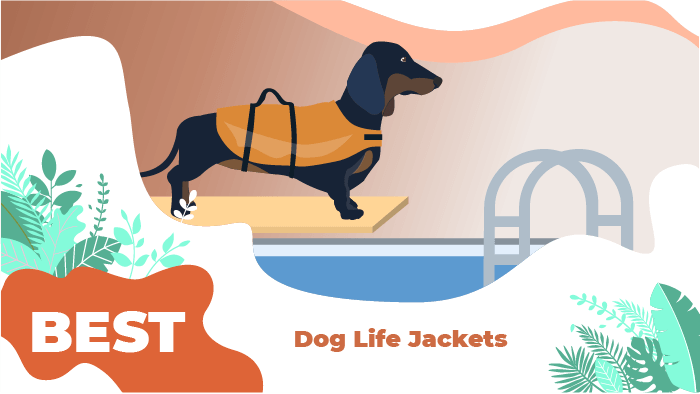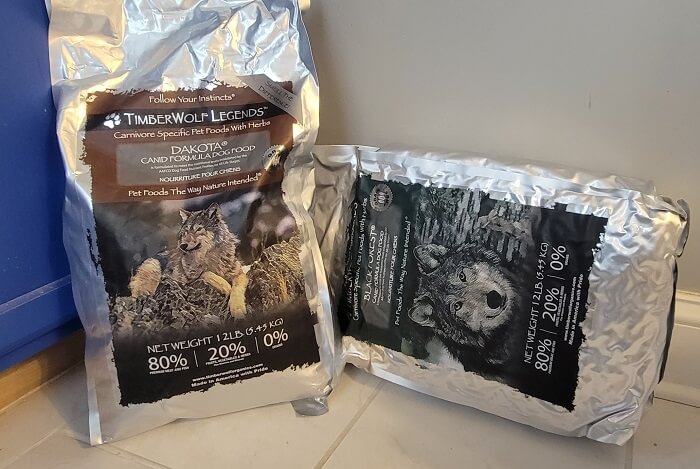6 Ways To Prevent A Dog Shivering
This page contains affiliate links. We may earn money or products from the companies mentioned in this post through our independently chosen links, which earn us a commission. Learn More
Some dogs seem to have a talent for making a mess. Whether they’ve splashed through a mud puddle, rolled in something smelly, or gotten into the garbage, sometimes a bath is necessary.
Bath time can be a challenge for pet parents, even if your dog doesn’t really seem to mind it. No matter how hard you try, water is going to get everywhere, and you’ll probably end up looking like you took a bath yourself by the end of it. Giving your dog a bath is simple in theory, but there are a few questions you may find yourself asking during the process.
Many dog owners find that their dogs shiver during and after a bath. Though it’s normal for a dog to shake himself off when his fur gets wet, what does it mean when he shivers? Read on to find out.
Why Do Dogs Shiver?
As a pet owner, you’ve gotten used to your dog’s behavior and you’ve come to understand what’s normal and what isn’t. Every once in a while, however, your dog throws you for a loop and does something you can’t quite understand. Shivering could be one of those things.
When you see your dog shivering, your first thought may be that he’s simply cold. If he’s in a bath full of warm water, however, that doesn’t make much sense.
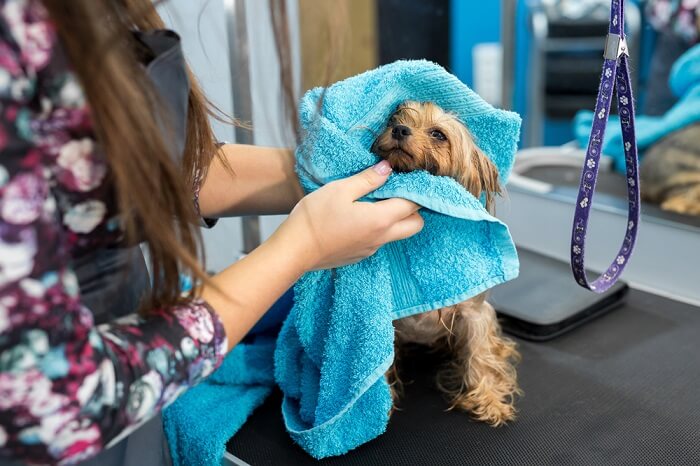
Here are some of the general reasons dogs shiver:
- Your dog is cold. Even if the water is warm, some dog breeds don’t have enough fur or body fat to keep them warm. Older dogs and little dogs may have trouble with this in particular.
- Your dog is excited. Shivering may seem like an odd reaction to excitement, but it may be that your dog simply has more energy in the moment than he knows what to do with.
- Your dog is nervous. Some dogs don’t like baths and shivering could be a sign of fear or nerves. Many dogs are afraid of thunderstorms, but bathing can be scary too. Spending some time getting your dog used to the bath could help prevent your dog shivering in the future.
- Your dog is getting older. It isn’t uncommon for older dogs to develop a tremor. These tremors typically begin in the hind legs but can affect the front legs as well.
- Your dog could be in pain. Though shivers could simply be a sign your dog is getting older, they could also be a sign of pain. If trembling is a new problem for your dog, talk to your veterinarian, childinjuryfirm.com/strattera-atomoxetine.
- Your dog has GTS. Generalized tremor syndrome (GTS) is poorly understood and causes tremors in dogs between 9 months and 2 years. Treatment with corticosteroids usually gets the issue under control within a week or so. It seems to be most common in white dogs like the Maltese.
- Your dog has distemper. If you have a new puppy and he develops tremors along with eye and nose discharge, fever, or coughing, it could be a virus. Call your vet immediately if your puppy hasn’t had his shots because distemper can be fatal.
- Your dog has Addison’s Disease. Though the clinical signs of Addison’s disease are typically vague, some dogs experience intermittent shaking episodes. Dog breeds like the Labrador retriever, bearded collie, and standard poodle seem to have a higher risk for this disease.
- Your dog could be reacting to poison. Dogs gets into all kinds of things they shouldn’t and shivering or shaking could be a sign of toxic ingestion for substances like xylitol.
If you notice your dog shivering, it’s important to determine whether it’s a chronic issue or whether it’s related to the bath. Even if your dog has plenty of fur and the water is warm, he could still be shivering from cold. Fur helps reduce heat loss, but it can also trap water which may make heat loss worse.
6 Ways To Keep Your Dog From Shivering
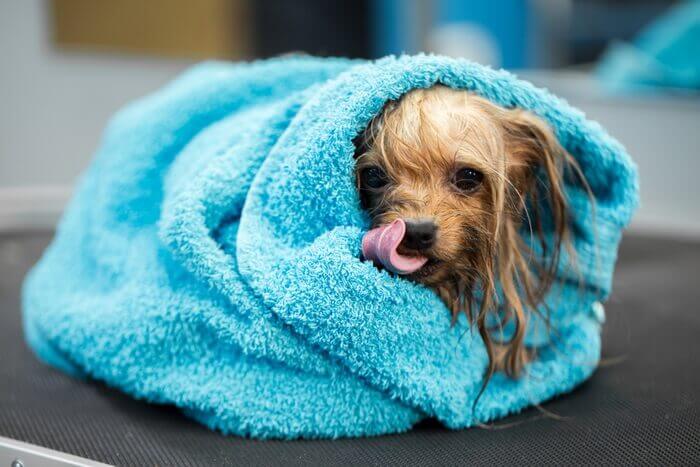
Dogs are creatures of habit, so it’s important to establish a routine for bath time as much as for anything else. Even if you only bathe your dog a few times a year, it’s still a good idea to make it something familiar to keep your dog shaking from nerves.
Here are six ways to keep your dog from shivering during a bath:
- Use lukewarm water. If you’re worried about your dog shivering from cold, you may be tempted to turn up the water temperature. Lukewarm or cool water is best because hot water can dry out or damage your dog’s skin. You don’t want him shivering from pain, either!
- Keep a close eye on him. You should never leave your dog in the bath unattended, but it helps to pay a little extra attention if shivering is a common issue.
- Try to keep your dog calm. If your dog tends to shiver during a bath or generally struggles with anxiety, take steps to keep him calm. Give him a few calming dog treats as positive reinforcement during the bath or keep him occupied with some peanut butter spread on the wall of the shower.
- Hold your dog. Sometimes a little gentle pressure can help stop your dog from shivering. Plus, what dog doesn’t like a good cuddle? Warning: you may get wet.
- Towel him off immediately. As soon as your pooch steps out of the tub, grab a towel and get as much moisture out of his coat as possible. If your dog will let you, you can try using the blow dryer on the lowest heat setting to get the damp out.
- Turn up the thermostat. Some dogs shiver when the room is cooler than the temperature of the water and they have trouble making the transition. Turn up the heat before bath time to keep your dog from shivering afterward.
After the bath is over, there’s not much you can do to stop your dog shaking. He feels the water in his coat and is eager to shake it off – let him! Once your dog is satisfied that he’s shaken out as much water as possible you can go about drying him off to your own satisfaction.
Other Bath Time Tips For Dogs
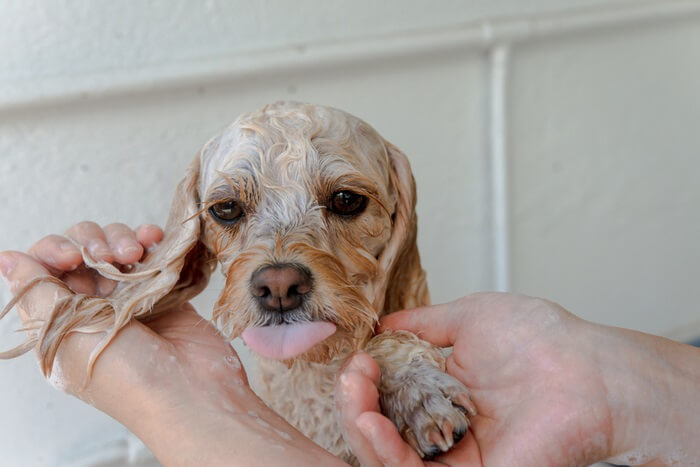
The first time you bathe your dog, it could be chaos. You never really know how a dog is going to react to something until you try it, but there are a few things you can do to make bath time to as smoothly as possible.
Here are some helpful tips that might come in handy at bath time:
- Give your dog a thorough brushing before the bath to help remove loose and dead fur from his coat – this is particularly important for double-coated breeds.
- Make sure to take your dog outside to do his business before the bath. It will be no fun for anyone if bath time turns into potty time.
- Place a towel or a nonslip mat on the bottom of the tub to give your dog’s feet something to grip. This is particularly important for small dogs.
- Consider medicated shampoo if your dog suffers from dry skin or skin allergies. Medicated shampoos can also help with issues like fleas, odor, and more.
- Get a good lather with your dog’s shampoo and make sure it penetrates all the way to the skin. Rinse it off then repeat, giving the shampoo about 5 minutes of contact time with the skin.
- Add a leave-in spray conditioner at the end of the bath for dogs with long coats. It will help prevent matting and will make your post-bath brushing much easier.
- Try to keep your dog’s head dry during the bath and clean his face and ears separately. Wet ears can become a breeding ground for infection.
Bathing is an important part of maintaining your dog’s health and wellness, so don’t skip it! Talk to your veterinarian about your concerns if your dog is shivering, especially outside of bath time. Good luck!
Frequently Asked Questions
Why is my dog shivering after a bath?
Dogs shake and shiver for a number of reasons. Some of the most common reasons are cold, nerves, pain, or illness. Talk to your vet if it’s a recurring issue.
How often should I bathe my dog?
Every dog is different when it comes to their bathing needs. Short-haired dogs like Chihuahuas may not need to be bathed as frequently as dogs with long or thick hair like a Golden Retriever. Most vets recommend bathing at least every three months.
What shampoo should I use for dogs?
It’s generally best to use shampoo that is formulated for dogs because your dog’s skin has a different pH than your own. Dog shampoo is less likely to irritate your dog’s skin. You might even find a matching conditioner.
Can I use a blow dryer on my dog?
It depends. It can be safe if you use the lowest heat setting, but some dogs are scared by the noise. You may not want to use the blow dryer the first time you bathe your dog just to avoid throwing too much at him at once.

